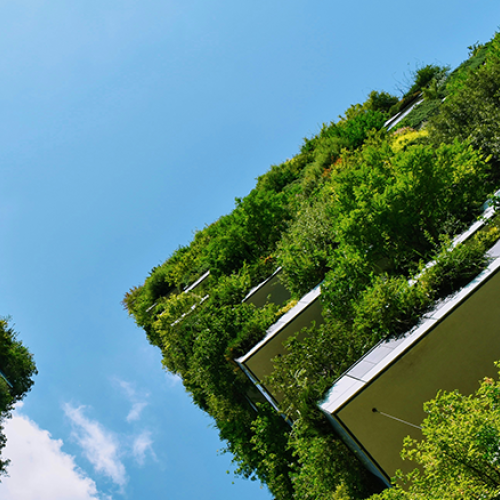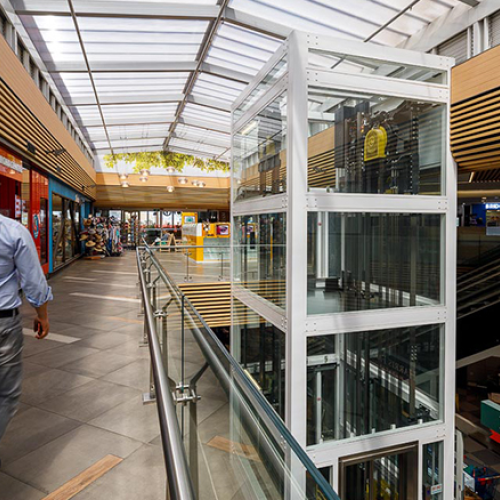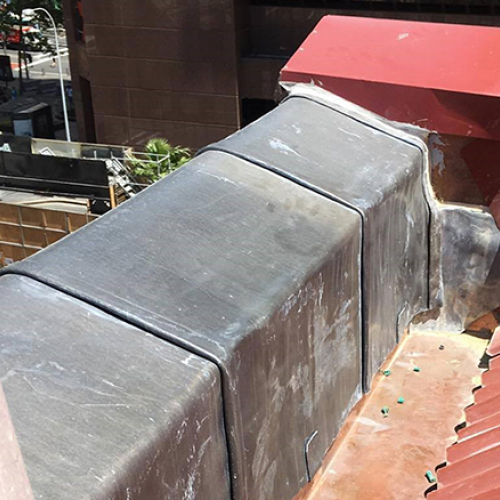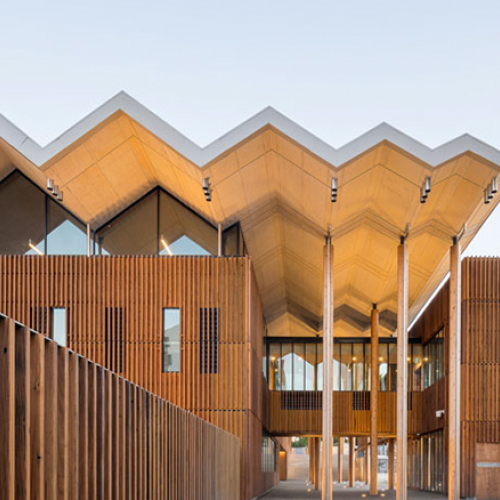Balconies are parts of your home that are exposed to many kinds of natural agents. It is open and can be accessible to harsh rainwater, snowfall in colder regions, sunlight, winds, etc. As a result, it tends to get wear and tear earlier than the rest of the house. This is why you must know these signs of concrete balcony deterioration early on and cater to those repairs soon enough.
1. Poor Drainage
A balcony is equipped with drainage due to its exposure to rain and seasonal snow (if you live around Richmond in NSW). A building balcony can deteriorate faster if there are blocked drainage issues, faulty construction planning, internal structural problems or anything along similar lines causing cracks to appear over time. Now, if the water stops from releasing into the drainage pipe, it freezes (where the temperature drops below zero) and if there are existing cracks, they will expand eventually. This will lead to the cracking problem becoming worse over time.
2. Loose Handrails
A critical safety parameter of a balcony is the sturdiness of the handrails. If these handrails are not installed properly, it violates the building code. The bars should not move when leaned on. If it does, the slab holding the railing can become loosened or develop cracks. These cracks can then allow water to penetrate when it rains. This invites rusting of the barrier to take place while further worsening the joint of the handrail with the slab. The already-developed cracks can widen more, thus making it very difficult to reverse the situation. Usually, depending on the damage already caused, the handrails need to be replaced by a quality contractor.
3. Chemical Deposits
One often ignored form of damage to the concrete in the balcony is the formation of icicles. These take shape due to the water trickling down the concrete. This resurfaces the calcareous deposits from within the concrete, thus causing the white substance to form. This formation of lime may indicate internal structural issues and that the steel mesh within the concrete is damaged. A thorough inspection from a professional can help diagnose the situation.
Building balconies are very susceptible to damage. Therefore, you must take care of its timely repair and maintenance.
There are many building and construction companies in Sydney. Contact us today to get the best services for your construction needs.






